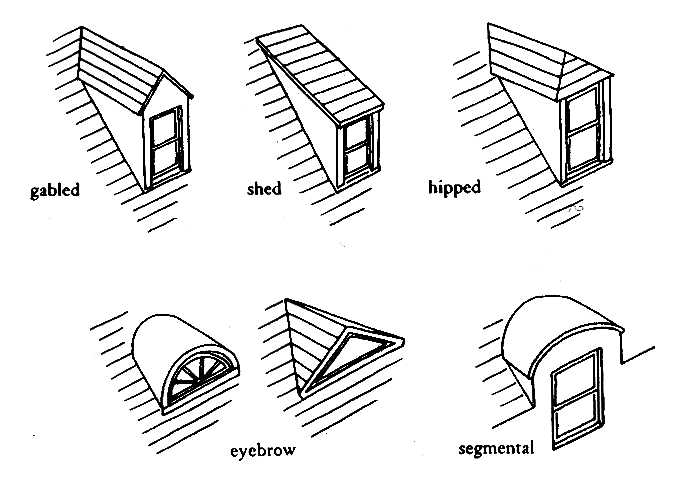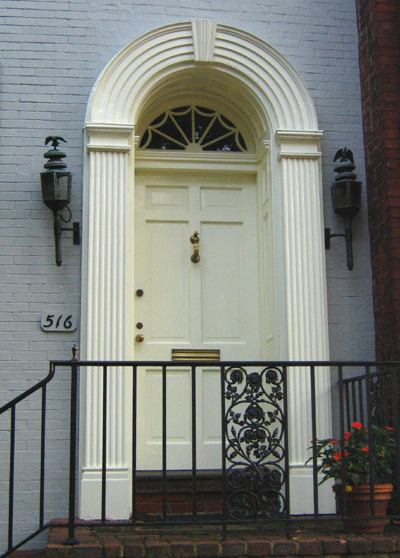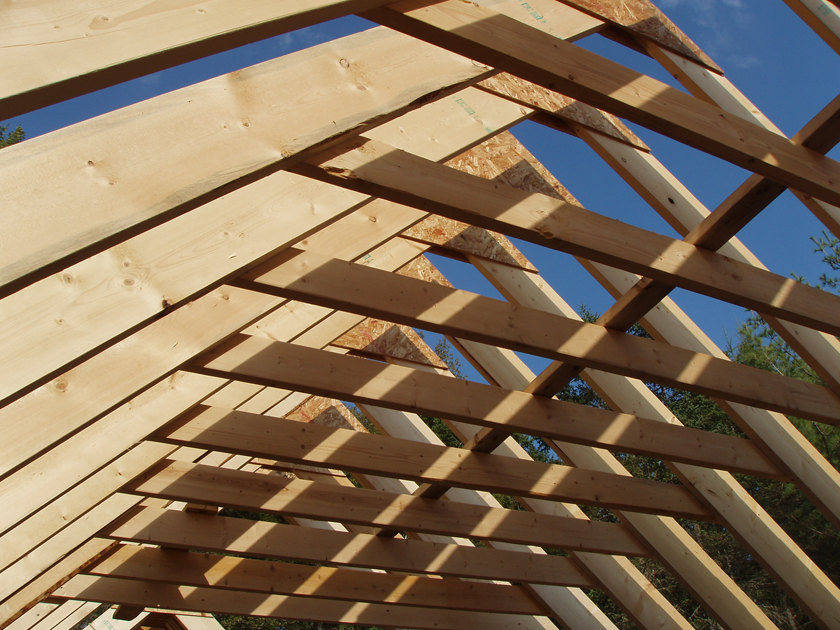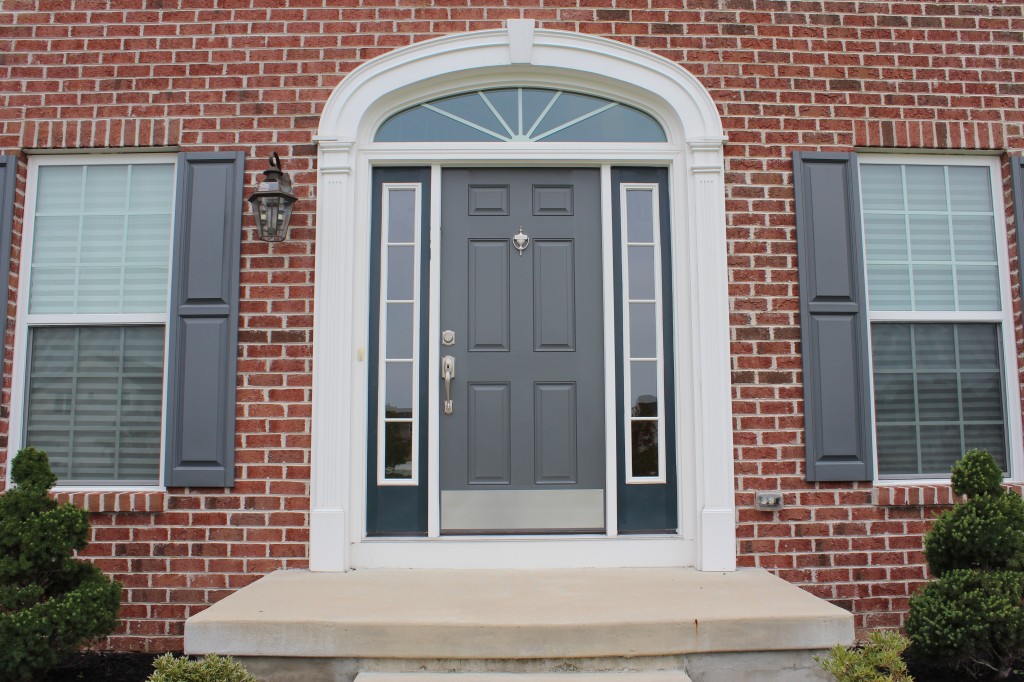1. Bay Window: A set of two or more windows that protrude out from the wall. The window is moved away from the wall to provide more light and wider views.

2. Casement Window: A window that opens by swinging inward or outward much like a door. Casement windows are usually vertical in shape but are often grouped in bands.

3. Clapboard: Also known as weatherboard or siding. Long narrow boards overlapped to cover the outer walls. Used in Colonial style frame houses.

4. Dormer: The setting for a vertical window in the roof. Called a gable dormer if it has it's own gable or a shed dormer if a flat roof. Most often found in upstairs bedrooms.

5. Eaves: That portion of the roof that projects beyond the wall.

6. Fanlight: A semicircular or arched window above the door.

7. Palladian Window: A three part window featuring a large arched center and flaking rectangular sidelights.

8. Pediment: A triangular crown used over doors, windows or porches. A classical style.

9. Portico: A large porch usually with a pedimented roof supported by classical columns or pillars.

10. Rafter: A roof beam sloping from the ridge to the wall. In most houses, rafters are visible only from the attic. In styles such as craftsman bungalows and some "rustic" contemporaries, they are exposed.

11. Sidelights: Windows on either side of a door.

12. Turret: A small tower, often at the corner of a building. Common in Queen Anne styles among others. A turret is a smaller structure while a tower begins at ground level.

No comments:
Post a Comment